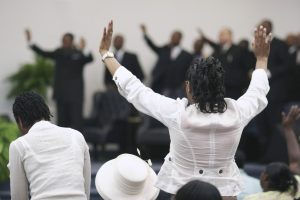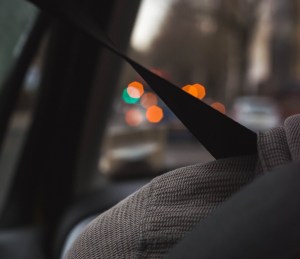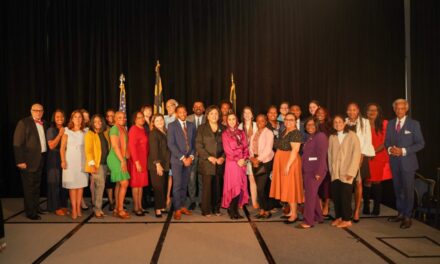
By Marnita Coleman,
Special to the AFRO
“The church must stand at the forefront of the struggle,” said Rev. Dr. Martin Luther King Jr., in a 1957 address to a group of 300 ministers.
More than a place of worship, the Black church is the sacred infrastructure of the Black community. Now, more than ever, when it comes to social change, the widening economic divide between the haves and the have-nots, crime, education and gentrification, it is the church that stands in the gap.
King relied on the faith community throughout his activism, centering his work on God while utilizing the power of the Black church to spark change. And today, ministers are still following the lead of faith leaders who cleared a path before them.
In Baltimore’s Broadway East neighborhood, Pastor Donte Hickman of Southern Baptist Church is advancing social change under “the mantra of restoring people as they rebuild properties.”
Pastor Hickman believes in continuing the work of King by buying and building back the Black community– one property at a time. Hickman is creating opportunities of equity, diversity, and sustainability within neglected communities that have been historically and predominantly African American.
“Integration for us does not mean that we have to succumb to the need for relocation and gentrification in order to have justice and equality,” said Hickman. “It means we intentionally invest in the transformation and revitalization of the neighborhoods of our rearing to enjoy affordable housing, increased median incomes, access to early childhood education, efficient transit systems, physical and nutritional wellness and amenities that empower and stabilize families.”
Rev. Diane Dixon-Proctor, pastor of Sharp Street United Methodist Church in Sandy Spring, Md. believes the Black church is making strides to keep Dr. King’s legacy of love and activism alive.
As the oldest Black church in Montgomery County, Sharp Street United Methodist Church celebrated its 200th anniversary in 2022, with a multicultural parade of participants, supporters, and spectators. Rev. Dixon-Proctor said no one would have ever known the “racial mix” of people in the church because the people in the parade– those along the parade route, and those who came and participated in the activities –were from diverse nationalities.
“There were people from all walks of life,” she said. “Different denominations, and different organizations that came together to be a part of what was happening in our community.”
Dixon-Proctor encourages the public to keep in mind that all are responsible for pushing King’s dream forward.
“I don’t think I will live to see racism abolished, but all of us should push and push until we see the better in life, and just love one another,” she has said.
It’s only appropriate that social change and the church are paired together. Social change is about evolving for the better as human beings and relationships that transform cultural and social institutions. Faith leaders of today can be seen hosting recurring food drives, vaccination clinics, health care screenings, back to school events and mediation circles. Pastors are walking the streets, actively taking back the community, mentoring youth and advocating in the State House and on Capitol Hill.
“The truth is that the church, even at the time of King, was the central hub of all community activities,” said Alvin Gwynn Jr., pastor of Leadenhall Baptist Church in South Baltimore.
“Everything kind of revolved and centered around the church. So, if you want to put it in terms of definition, our culture was very church-centric in terms of the African-American community.”
Gwynn spoke with the AFRO about how churches, historically, have been the breeding grounds for social change during the civil rights era.
“Look at how the churches networked through the conventions– both the Progressive Baptist Convention and the National Baptist Convention– and the work that those conventions did, drawing all of the congregational policies together in a unified manner so that they can come up with a general agenda for the Black movement [and] social advancements that we were trying to make take place,” he said. “The Black church was always at the center of political life, as we were putting forward those representatives to go into the halls of Congress and represent our best interests.”
Help us Continue to tell OUR Story and join the AFRO family as a member –subscribers are now members! Join here!
The post Keeping the movement alive: how the Black church continues to make social change appeared first on AFRO American Newspapers .










